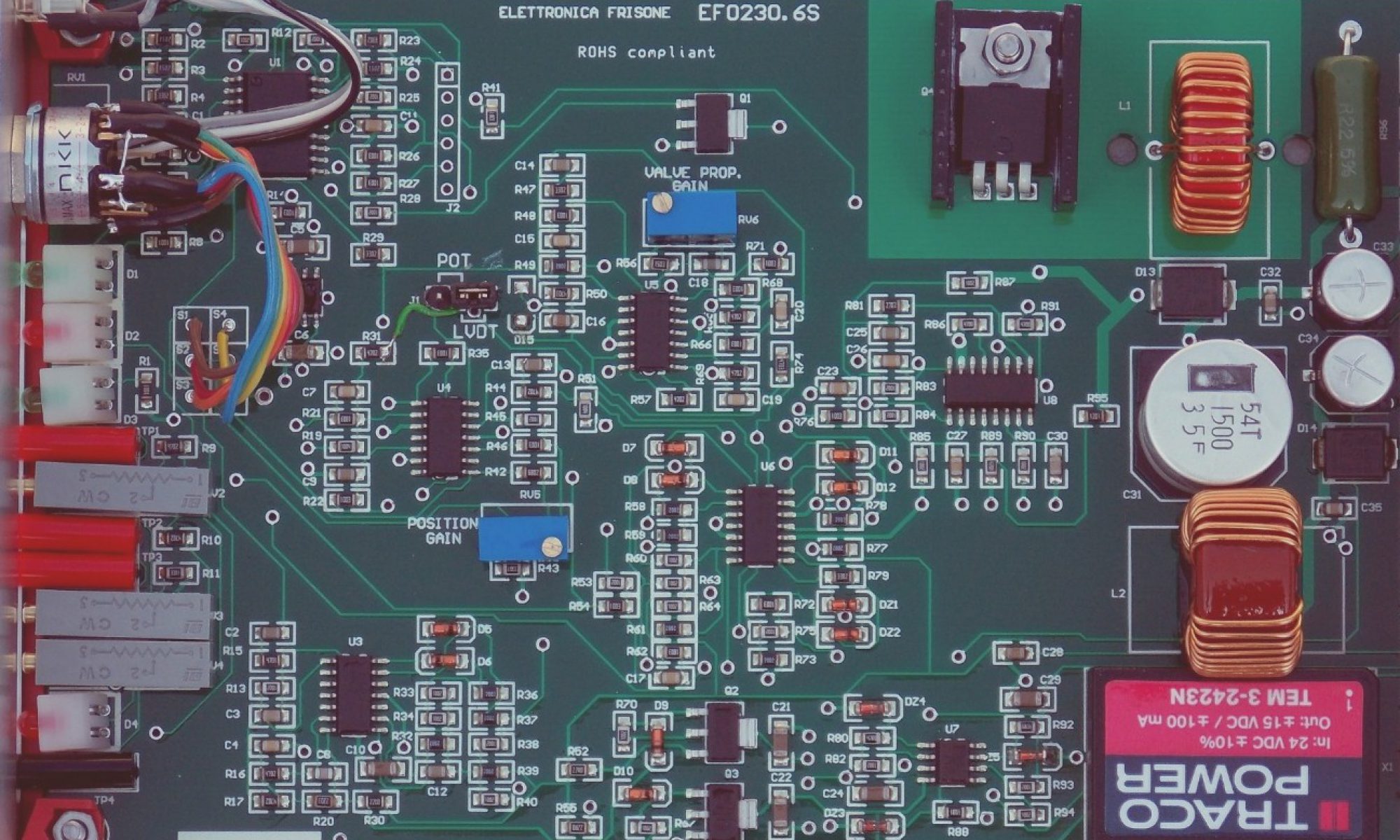Fulvio Tosi, owner of the company, had started his activity in the sector in 1970, participating in the “Progetto Esquilino” of the “Laboratory for Naval Automation” of the National Research Council (Institute for Naval Automation, CNR-IAN) . His main task was to develop the newly designed experimental instrumentation installed on board the Esquilino motor ship and to collaborate in the first experiment of automatic control from the bridge of the main engine, using an electronic computer (IBM 1180).
Subsequently passed to CETENA S.p.a. (Naval Technical Center), now a research center of the Fincantieri group, has created the first on-board monitoring systems based on the use of electronic computers (IBM S / 7) and systems for the automatic acquisition and processing of sea trial data of the ships being delivered.
In 1986, he left CETENA, giving life to Frisian Electronics, starting collaborations with companies both in the field of naval automation and in the field of simulation for the training of bridge personnel.
Some of the products produced were, in the field of simulation, the naval maneuvering simulator including the simulation of radar and sounder video signals, simulated radio communications networks, bridge instrumentation. While in the field of automation, in addition to various boards and systems for specific uses, the GPPC (General Purpose Programmable Controller) created in 1986, dedicated to naval automation (approved by RINA), when the products on the market did not yet cover the needs of high versatility of use and programmability in the field, which nowadays have become a standard. The GPPC (known above all as PL887, marketed by Pizzorno & Lini s.r.l.) was a programmable controller configurable with both digital and analog inputs and outputs of various types, including special functions dedicated to use in on-board systems. The applications range from the control of the onboard power plant, to boilers, main engines, thrusters and anything else that can be automated.
